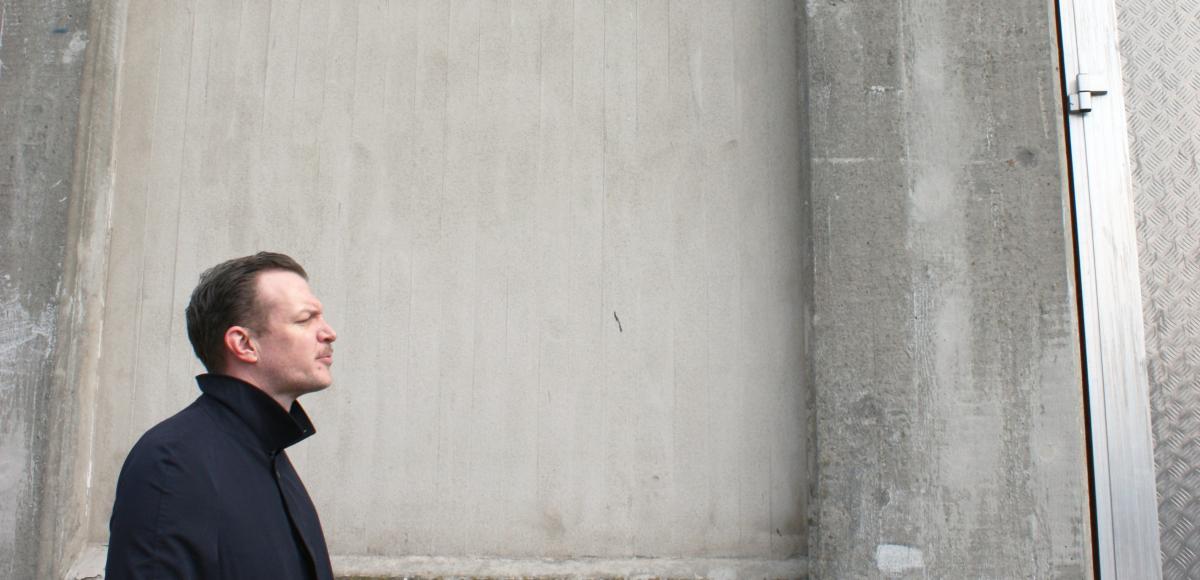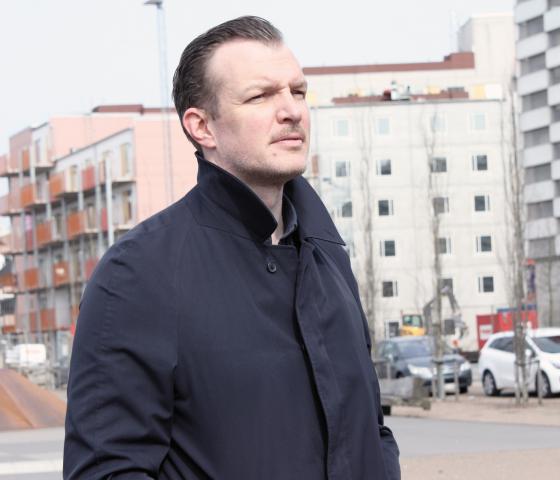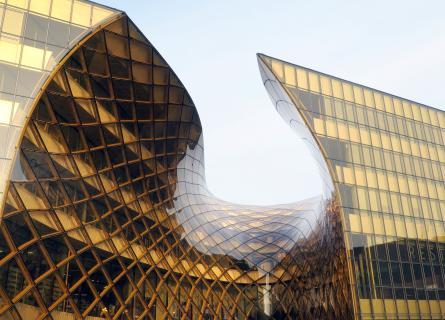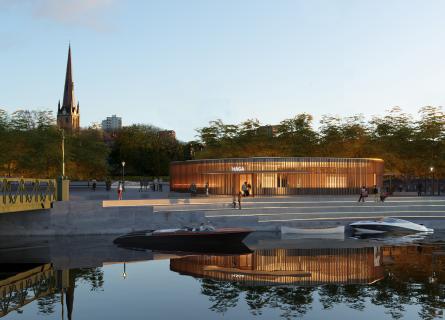
The acoustic environment must be afforded more importance when designing future cities
The urban acoustic environment impacts humans constantly
A new survey from AFRY shows that two thirds of young adults in Sweden consider the acoustic environment to be important or very important.
This is proof that the acoustic environment is a significant aspect of urban development that must not be overlooked, according to Martin Hallberg of Efterklang, part of AFRY.

Two thirds (67 percent) of young people between 18-35 believe that the acoustic environment in and around their home is important or very important. The noises they would prefer to avoid include noise from neighbours and traffic.
"It’s nothing new that the acoustic environment in our cities and homes affects the inhabitants. What is surprising is that awareness among young people is so high,” says Martin Hallberg, Creative Sound Designer at Efterklang, part of AFRY.
The acoustic environment constantly affects humans. Our hearing remains active even when we sleep, and we have no possibility to shut off the noises around us. Efterklang, which is AFRY's offering in acoustics, vibration and sound design, is principally tasked with eliminating noise such as hubbub, but also to introduce positive noises – sound design. They design soundscapes in the same way that a landscape architect designs the external visual environment.
Unsurprising that young people are bothered by their neighbours
Residents' perceived problems with their acoustic environment are often a result of how they live.
"Many young people live in cheaper and often older apartments in the centres of medium-sized cities or the surrounding municipalities of larger cities. These buildings are usually poorly soundproofed, which leads to neighbours becoming disturbed by each other's activities. It’s therefore not surprising that noise from neighbours is an important factor for young people when choosing a place to live,” says Martin.
The acoustic environment outside these buildings can also be substandard, as cities planned without a focus on a good acoustic environment often have an unnecessary amount of noise. This is a by-product of traffic, for example, which we are forced to "clean up" in order for residents to have a more comfortable living environment. The acoustic environment is also important for recuperation and a smooth daily life. That being said, the solution is not to create silent cities, according to Martin.
“We have to create space for life in cities, as no one wants to live in a silent city. This is why we have to better plan our cities in terms of the acoustic environment. This means looking at how people move, how they live, how they socialise and assessing what a good acoustic environment entails for that specific area. Producing a vision for the acoustic environment for each specific area, not just in terms of decibel levels but also the perceived quality of the acoustic environment,” he adds.
Remix the city’s acoustics to improve wellbeing
In a dream world, the city's various sound sources would be on a mixer board where we can set the perfect balance between traffic, noise from people and sound from nature from an experience perspective. We don’t have that control over sound sources in a city, but we can, by treating each sound source separately, methodically balance how our cities sound.
"There are new initiatives in Malmö, for example, where noise zones have been created that allow more noise from businesses such as restaurants and bars, in order to have a more vibrant city. We look forward to remixing the city's sound and creating the opportunity to reduce traffic noise, create the conditions for more sounds from human activity, and also ensure that natural sounds have their rightful place in the city's sound space,” concludes Martin.



